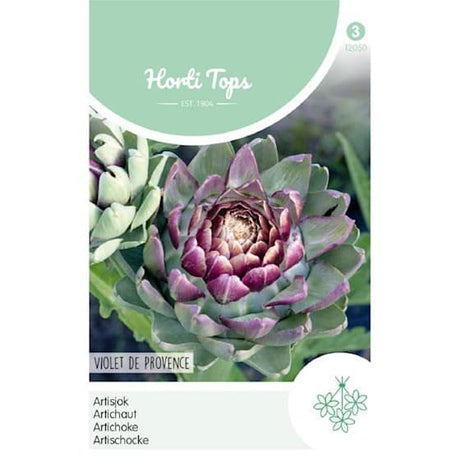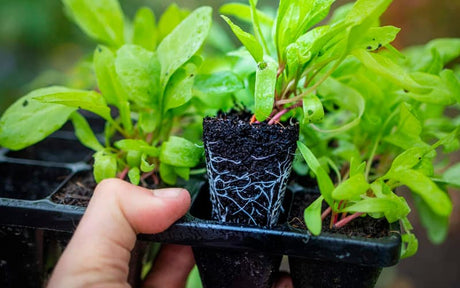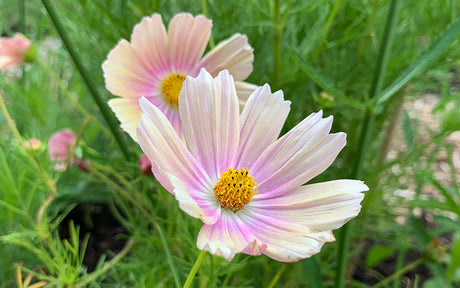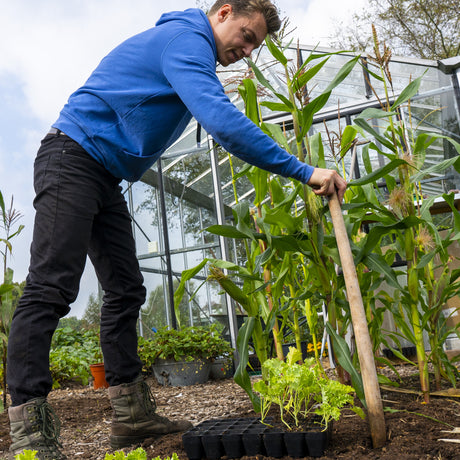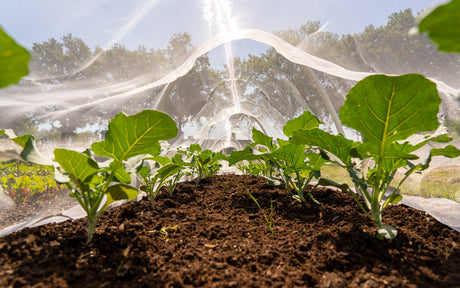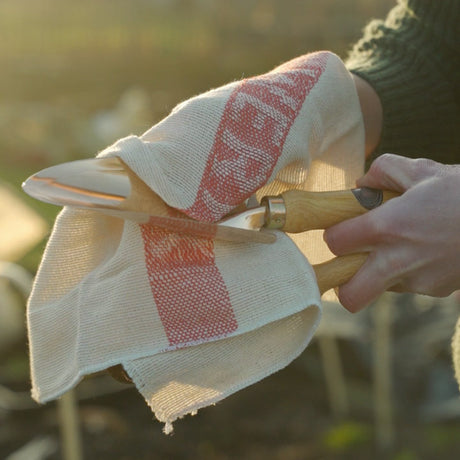Artichokes thrive in full sun and prefer well-drained, fertile soil. They are best suited to mild or temperate climates but can be grown as annuals in colder regions with some care. Prepare your garden by enriching the soil with plenty of organic matter to support its robust growth.
Ideal Growing Conditions for Artichokes
Planting and Spacing
Start artichoke seeds indoors about 8 weeks before the last expected frost. We recommend using the 15-cell or 15 cell deep seed trays. Because artichokes grow into large plants, space them about 90-120 cm apart when transplanting outdoors to give them enough room to expand. In regions with mild winters, you can also start seeds in late summer for harvest the following year. Germinating artichoke seeds can be a slow process, so be patient and persistent.
Watering and Nutrition
Artichokes require regular watering to develop their large, fleshy buds. Keep the soil consistently moist but not soggy. You can apply a high-nitrogen fertilizer monthly to encourage vigorous growth and large bud production. Mulching around the plants can help retain moisture and suppress weeds.
Harvesting Artichokes
Artichokes are ready to harvest when the buds are firm and before the flowers open. Cut the buds off the stem with about 2-3 inches of stem attached. If you allow the plant to flower, it will produce a striking blue-violet bloom that can add aesthetic value to your garden. Although it is possible to freeze artichokes, it will alter their texture and taste.
Pest and Disease Management
Keep an eye out for pests like aphids and slugs that can damage the buds. Use organic pest control methods to protect your plants. Artichokes can be susceptible to fungal diseases in damp conditions, so ensure good air circulation around and within the plant canopy.
Culinary Uses
Artichokes can be steamed, boiled, grilled, or baked and are a fantastic addition to a variety of dishes. Their mild, nutty flavor makes them versatile in the kitchen, suitable for dips, side dishes, or as a main ingredient in Mediterranean recipes. The hearts are especially prized for their tender, meaty texture.


